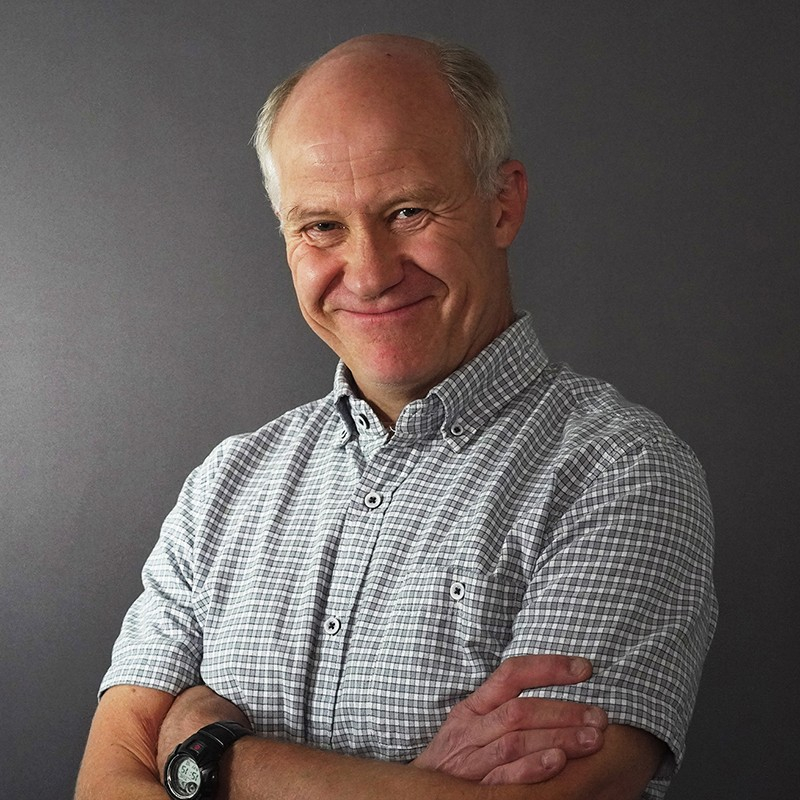Publikasjonsdetaljer
- Utgiver: Norsk Regnesentral
- Serie: NR-notat (SAMBA/04/13)
- År: 2013
- Utgave: SAMBA/04/13
- Antall sider: 18
- Lenke:
This paper introduces a stage-structured model for parasitic salmon lice populations on cage populations of farmed salmon hosts at individual salmon farms. The model is built in discrete time with daily time steps. The model divides the life cycle of salmon lice into different distinct stages where the lice can age within each stage to a given stage-age. The number of lice at a certain stage either develop into the consecutive stage during a day or stays in the same stage and ages by a one stage-age day. Not all lice develop into the next stage, only a proportion survives and only a proportion do not develop. Furthermore, of the lice that develop into the next stage, only a proportion survives and a proportion develop. Lice can develop into the next stage at all stage-ages. At one location there are several cages and each cage is modelled individually. The cages are connected through the first stage which is named the recruitment stage and is a group of different early life stages of the sea lice. The expected lice frequency at a each cage and each stage is modelled as a function of i) expected lice frequency the previous day, ii) mortality proportion, iii) development proportion and iv) reproduction factor dependent on stage. The mortality and development proportion are modelled as functions of explanatory variables such as sea temperature, weight and biomass of fish at each cage.
